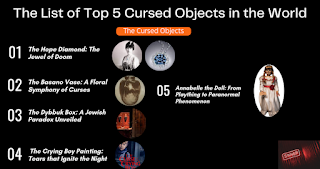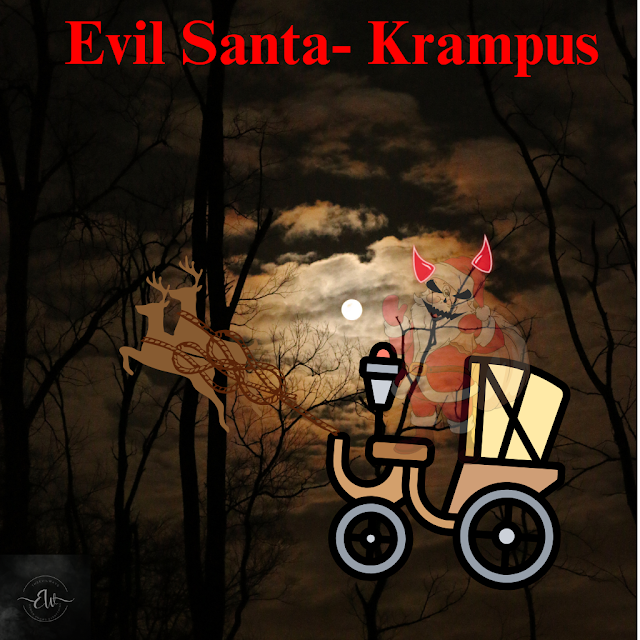Sigil of Lucifer
The Sigil of Lucifer, also known as the Seal of Satan, is a powerful symbol with deep historical roots. Its distinctive design, often associated with the devil, has intrigued and captivated minds for centuries. The Sigil typically consists of a pentagram with a circle and its origins can be traced back to various ancient civilizations.
To know the real significance of the Sigil of Lucifer, one must delve into its fascinating historical context. For instance, in medieval grimoires like the "Lesser Key of Solomon," the Sigil is depicted as a magical symbol used in summoning rituals. Understanding the historical backdrop adds layers to the mystery surrounding this enigmatic symbol.
The Sigil of Lucifer holds profound symbolic meaning beyond its visual representation. To know its impact on culture, religion, and the occult, it's crucial to unravel the hidden messages and meanings embedded in this symbol. Exploring its symbolism allows us to comprehend its influence on diverse belief systems and practices.
The Origins of the Sigil
The Sigil of Lucifer has diverse historical roots, appearing in different cultures. For example, its association with alchemy and the works of John Dee in the Renaissance showcases its multifaceted history. The sigil's journey through many civilizations emphasizes its adaptability and enduring significance.
The Sigil has undergone transformations, both in design and interpretation. From its early appearances in grimoires to contemporary adaptations in modern occultism, the symbol has evolved while retaining its core essence. This evolution reflects changing cultural attitudes and interpretations of Luciferian symbolism.
The Sigil of Lucifer has been linked to various cultural and religious contexts. In some interpretations, it symbolizes rebellion against oppressive systems. Discussing its connections to Gnostic traditions or its appearance in certain pagan practices highlights the diverse ways this symbol has been integrated into different belief systems.
Unveiling the Symbolism of Lucifer's Sigil
Breaking down the components of the Sigil reveals intricate details. The pentagram, often associated with the five elements, and the enclosing circle, symbolizing unity or protection, contribute to its layered symbolism. Understanding these elements enhances our comprehension of the Sigil's significance.
The Sigil of Lucifer takes on various meanings depending on the belief system. In some Luciferian traditions, it represents enlightenment and individualism, while in Christian demonology, it embodies rebellion and defiance. Examining these diverse interpretations showcases the symbol's adaptability across religious and spiritual landscapes.
Addressing misconceptions surrounding the Sigil is crucial for a comprehensive understanding. Some may falsely associate it exclusively with malevolence or Satan worship. By dispelling these myths, we can appreciate the symbol's true complexity and the nuanced interpretations it holds in different cultural contexts.
The Luciferian Perspective
Luciferianism is a philosophical and spiritual movement that embraces the ideals of individualism and enlightenment. Within this context, the Sigil of Lucifer plays a central role, symbolizing the pursuit of knowledge, personal growth, and the refusal of oppressive authority.
In Luciferian thought, the Sigil becomes a powerful emblem of self-discovery and defiance against conformity. It serves as a visual representation of the Luciferian principles of intellectual freedom and the pursuit of one's true potential.In contemporary settings, individuals within the Luciferian community may incorporate the Sigil into their rituals or artwork, symbolizing their commitment to personal empowerment and the refusal of societal constraints. Exploring these modern applications sheds light on the enduring relevance of the Sigil of Lucifer.
Mysteries Surrounding the Sigil
Despite centuries of study, certain aspects of the Sigil's origin and purpose remain mysterious. Engaging with ongoing debates and unanswered questions fosters a sense of curiosity and encourages further exploration into the symbol's enigmatic nature.
The Sigil plays a significant role in various occult practices, from ceremonial magic to modern witchcraft. Analyzing specific rituals and their use of the Sigil provides insights into its practical applications and the spiritual significance attributed to it in occult traditions.
Due to its associations with Satanism and the occult, the Sigil of Lucifer has often been a source of controversy. Examining these controversies and separating fact from fiction allows for a more nuanced understanding of the symbol's cultural impact.
Cultural Impact of Sigil of Devil
The Sigil of Lucifer has left an indelible mark on popular culture, appearing in movies, literature, and music. Examples include its use in the TV series "Lucifer" or its incorporation into album artwork by certain musical bands. Exploring these references highlights the symbol's enduring presence in contemporary media.
Artists, writers, and musicians have drawn inspiration from the Sigil, incorporating it into their works to convey themes of rebellion, enlightenment, or the struggle against authority. Analyzing specific examples showcases how the symbol transcends its occult origins to become a potent cultural motif.
Beyond its historical and religious associations, the Sigil of Lucifer continues to be a symbol of rebellion and individualism in contemporary society. Its use in protests or as a form of self-expression underscores its ongoing relevance as a powerful cultural symbol.
Personal Exploration and Connection
Readers are invited to reflect on their personal interpretations of the Sigil of Lucifer, considering how cultural, religious, and individual perspectives shape their understanding of this symbol.
Some may choose to incorporate the Sigil into their spiritual practices as a symbol of personal empowerment, while others may reject it due to its historical associations. Understanding the diverse ways individuals engage with the symbol fosters a broader appreciation of its significance.
Emphasizing the importance of open-minded discussion and understanding ensures a respectful exchange of ideas regarding the Sigil of Lucifer. Recognizing the diversity of perspectives contributes to a more inclusive and informed dialogue.
Conclusion
Summarize the main insights gained from the exploration of the Sigil of Lucifer, emphasizing its historical, cultural, and symbolic significance.
Stress the importance of understanding the Sigil within its cultural and historical context to avoid oversimplified or misinformed interpretations.
Conclude by motivating readers to continue their exploration of the mysteries and symbolism surrounding the Sigil of Lucifer, fostering a deeper understanding of this intriguing symbol.

.jpg)


.png)

Comments
Post a Comment